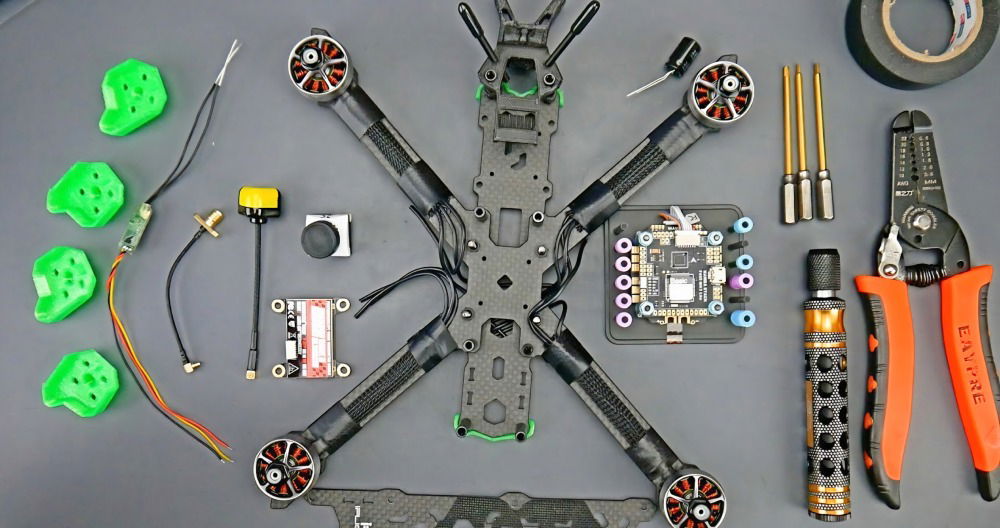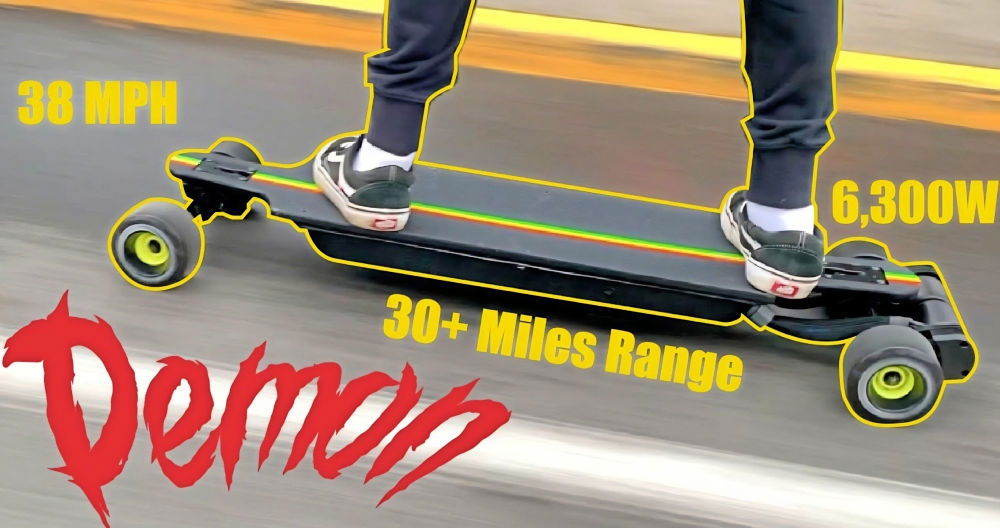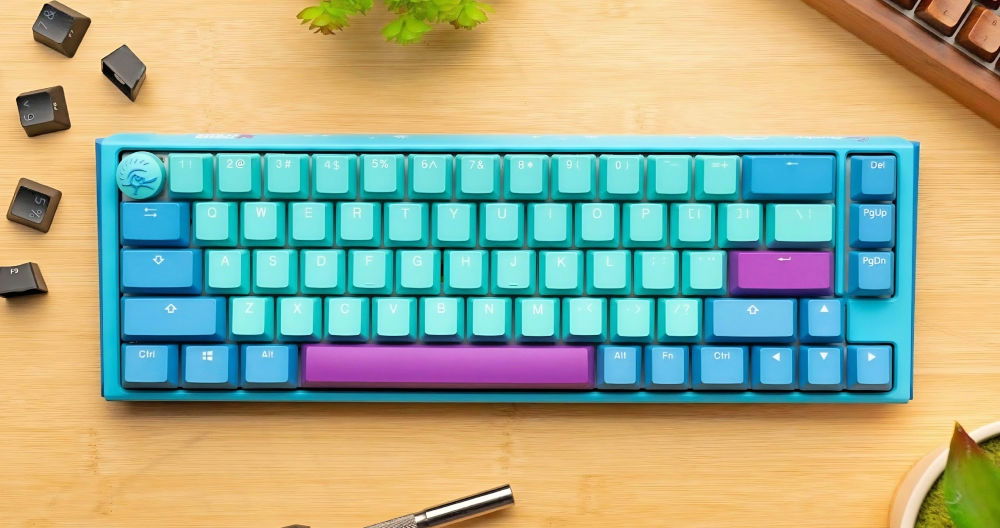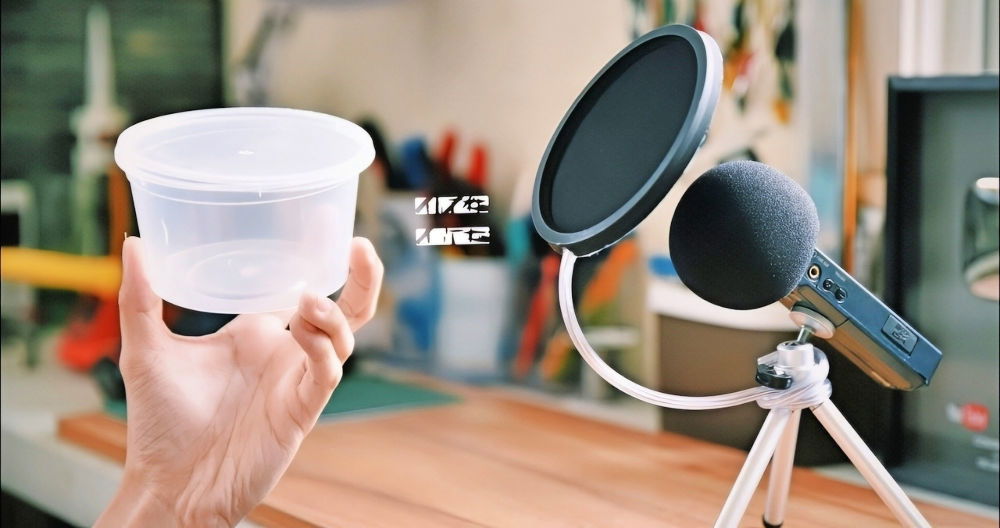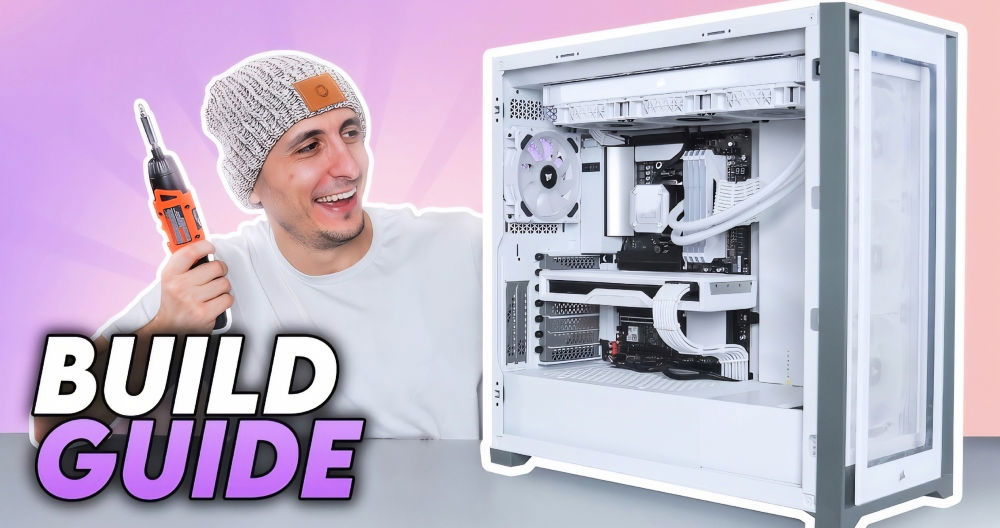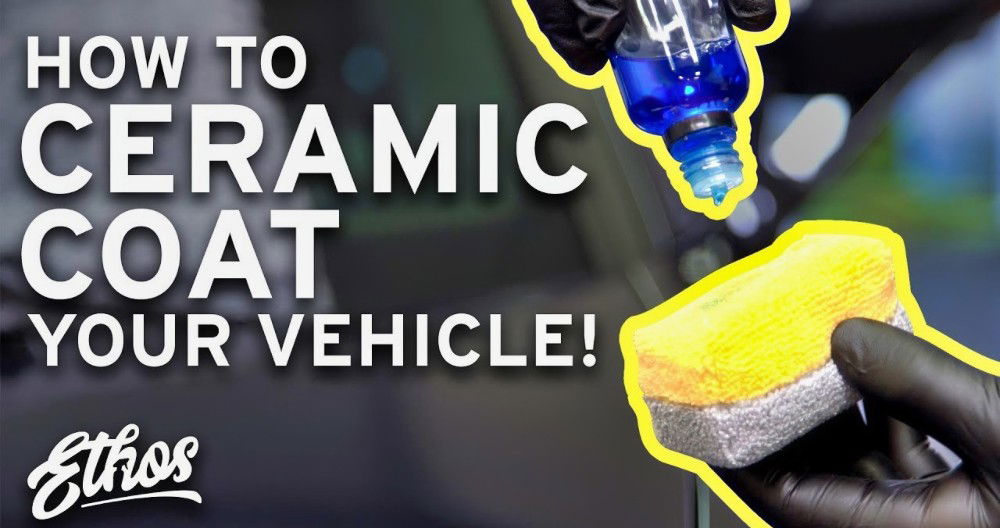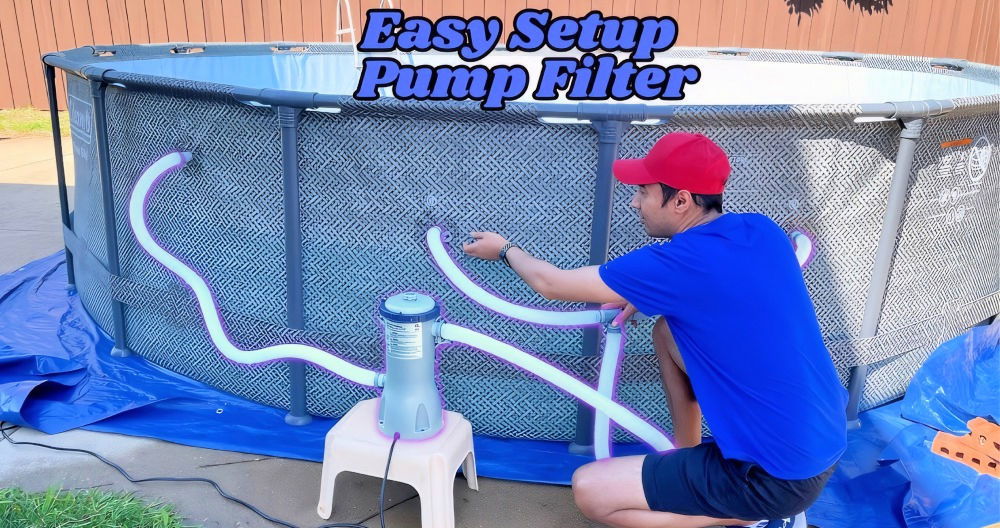Modifying your DIY mopeds to reach higher speeds doesn't have to break the bank. With a few simple upgrades, even the most basic moped can gain a surprising boost in performance. In this article, you'll explore DIY methods, focusing on practical, cost-effective modifications for moped enthusiasts looking to enhance their rides without overspending.
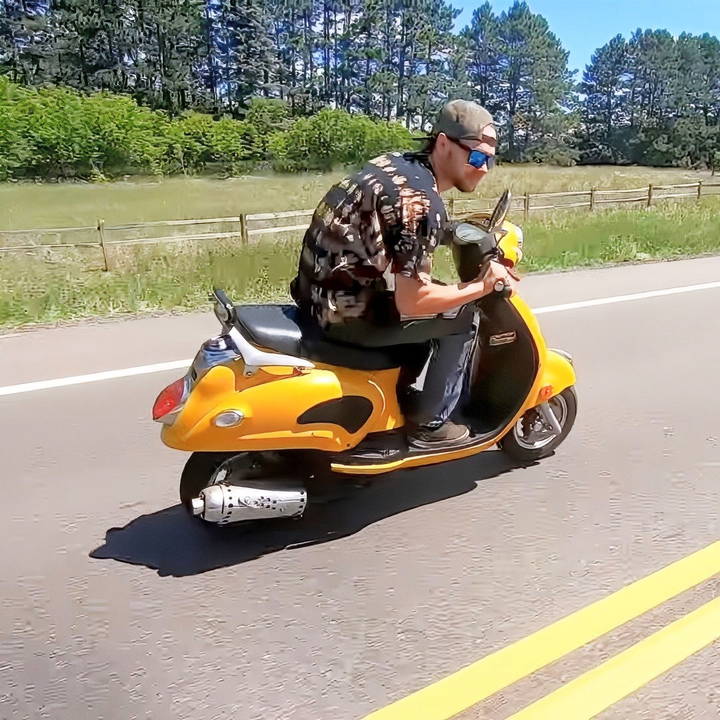
Why Modify a 50cc Moped?
Many moped owners start with a 50cc engine, ideal for short trips and light commuting. However, the standard setup can feel underpowered, especially when tackling hills or riding in traffic. Fortunately, with some DIY upgrades, you can significantly improve your moped's speed and overall performance. Let's dive into the step-by-step guide to modifying a 50cc moped and the components that make the most difference.
Step by Step Instructions
Learn how to enhance your moped's speed and efficiency with our DIY mopeds guide. From carburetor upgrades to performance tests, get all the expert tips!
Essential Modifications for Faster Performance
Discover essential modifications for faster performance and boost your speed with these expert tips and techniques for optimal efficiency.
1. Upgrading the Carburetor
One of the simplest yet most effective upgrades for a 50cc moped is installing a performance carburetor. This part can dramatically impact your moped's speed and throttle response. In the tutorial provided, swapping out the stock carburetor with a performance version led to an impressive increase in speed, effectively doubling the moped's top speed. Here's how:
- Cost: A performance carburetor can be purchased for around $25 to $30 online.
- Installation: Remove the existing carburetor.
- Attach the performance carburetor to the intake plenum.
- Adjust the idle screw and throttle to achieve optimal performance.
- Results: The upgraded carburetor not only increased the moped's top speed but also provided smoother acceleration and a more responsive throttle.
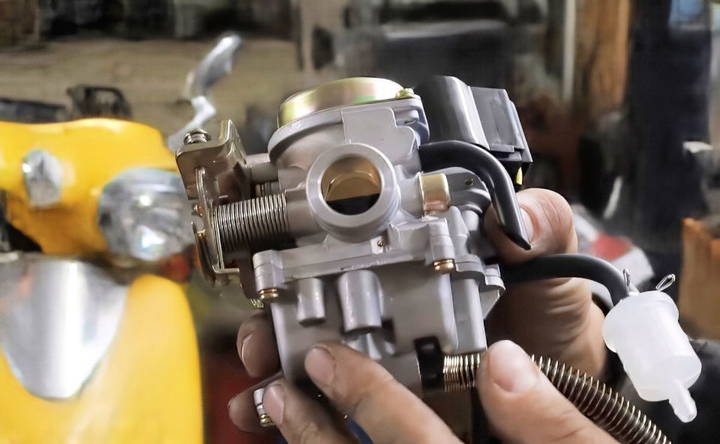
2. Air Intake System Adjustments
Improving airflow to the engine can also enhance your moped's performance. Mopeds often come with restrictive air filters to keep emissions low, but these can also limit engine power. By upgrading to a high-flow air filter, you can allow more air into the carburetor, leading to better combustion and more power. Additionally, some riders choose to remove emissions-related components, such as the charcoal canister and EGR system, for a slight performance boost.
- DIY Modifications: Install a high-flow air filter to replace the stock filter.
- Remove emissions canisters and any restrictors in the intake system.
- Effect: Enhanced airflow can improve combustion efficiency, helping the engine generate more power at high RPMs.
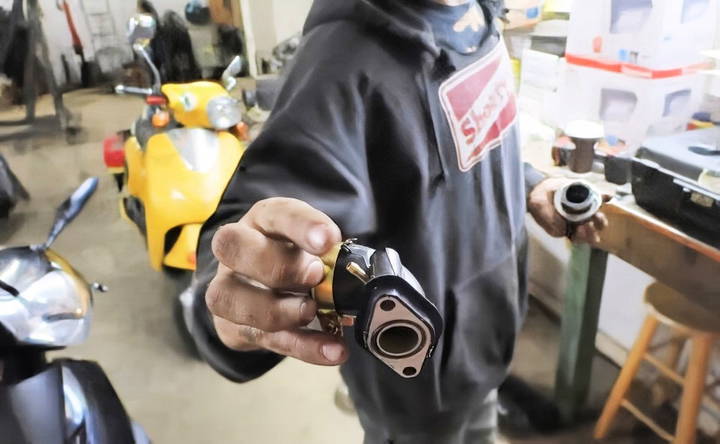
3. Emissions System Adjustments
While emissions systems like the EGR (Exhaust Gas Recirculation) and charcoal canisters are essential for environmental compliance, they can sometimes restrict performance on small engines. For those looking to squeeze out extra power, bypassing or removing certain emissions controls can help. Remember, though, that modifying these components may make your moped non-compliant with local emissions regulations.
- Steps to Modify: Disconnect the EGR valve or weld it shut.
- Remove the charcoal canister, if equipped.
- Performance Gains: Removing emissions restrictions can improve airflow and reduce engine strain, especially at higher speeds.
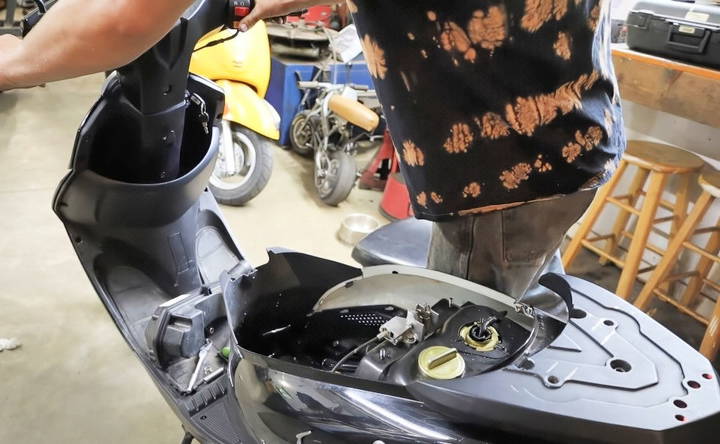
4. Adjusting the Throttle and Idle Settings
Fine-tuning the throttle and idle settings can make a big difference in performance. A well-adjusted throttle ensures the engine responds quickly, while idle adjustments help the engine run smoothly without cutting out. In the tutorial example, a simple quarter-turn adjustment to the idle screw made a noticeable improvement in throttle responsiveness.
- DIY Steps: Warm up the engine.
- Slowly adjust the idle screw to reach a steady idle speed.
- Test the throttle to ensure a smooth, responsive ride.
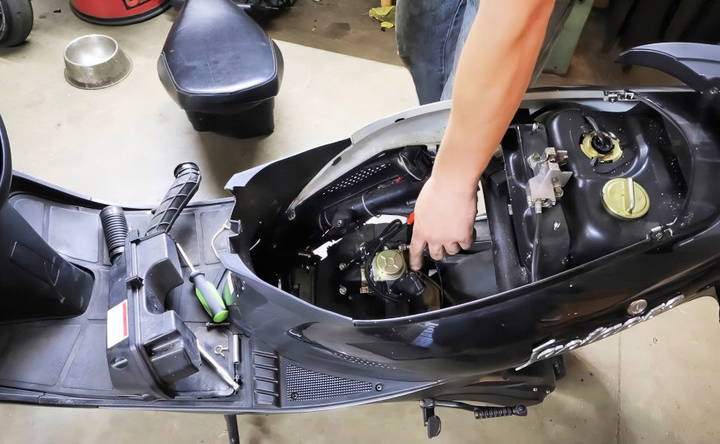
5. Testing and Tweaking Performance
Once you've installed a new carburetor, intake adjustments, and emissions tweaks, it's essential to test your moped to assess the gains in speed and responsiveness. Before hitting the road, run a few checks:
- Engine Sound and Vibration: A louder, smoother sound can indicate improved airflow and power. Excessive vibrations, however, could suggest an imbalance that may need attention.
- Throttle Response: The moped should accelerate smoothly, without lag.
- Top Speed: Compare the pre-upgrade top speed to the new speed. In the video example, the moped's top speed increased significantly after the upgrades.

Additional DIY Tips to Maximize Moped Performance
Unlock your moped's potential with additional DIY tips to maximize performance. Enhance speed and efficiency effortlessly!
1. Optimizing the Exhaust System
An aftermarket exhaust system designed for performance can also help a 50cc moped engine breathe better. Many factory exhausts are restrictive due to noise and emissions standards, limiting power output. Upgrading to a freer-flowing exhaust will enhance airflow and can add a few more miles per hour to your top speed.
- Cost: Performance exhaust systems for 50cc mopeds range from $50 to $100.
- Installation: Follow manufacturer instructions to replace the factory exhaust. Ensure it's securely fitted to avoid leaks.
- Effect: A freer exhaust system will help exhaust gases exit faster, improving engine efficiency and potentially increasing speed.
2. Changing the Variator Weights
The variator in a moped transmission is responsible for adjusting gear ratios. By swapping the stock weights for lighter ones, you can increase the engine's RPM range, giving better acceleration and, in some cases, a higher top speed.
- Cost: A set of variator weights is generally inexpensive, ranging from $10 to $20.
- Installation: Remove the transmission cover, then replace the variator weights with lighter alternatives.
- Result: With lighter weights, your moped should have better acceleration and possibly a slight increase in top speed.
3. Adjusting Tire Pressure
Keeping your tires properly inflated can improve your moped's handling and speed. Low tire pressure increases friction and reduces efficiency. Maintaining the recommended tire pressure will allow your moped to roll more smoothly, potentially adding a bit more speed.
- Tips: Check tire pressure regularly and adjust according to the manufacturer's recommendations.
- Higher pressure can reduce rolling resistance but be cautious not to exceed safe limits.
4. Using Premium Fuel
While not a huge factor in speed, using higher-octane fuel can sometimes yield better performance, particularly in modified engines that require slightly higher compression. Premium fuel can help reduce engine knocking and improve overall smoothness.
- Advice: If you've modified your engine for more airflow and compression, premium fuel could be beneficial.
5. Regular Maintenance
Regular maintenance, such as changing the oil, cleaning the air filter, and checking the spark plug, can also improve your moped's performance. Dirty components can restrict airflow and reduce engine efficiency, which lowers speed and acceleration.
Pros and Cons of DIY Moped Modifications
Explore the pros and cons of DIY moped modifications. Enhance performance and style, but be cautious of legal and safety challenges.
Pros
- Cost Savings: Basic modifications, like the carburetor upgrade, are affordable yet provide a noticeable performance boost.
- Improved Speed and Throttle Response: A few tweaks can increase speed by up to 20 mph, significantly enhancing the moped's practicality.
- Customization: Tailoring your moped to your needs adds a personal touch and makes the ride more enjoyable.
Cons
- Legal and Regulatory Issues: Modifications that bypass emissions systems may violate local regulations, potentially making your moped illegal for road use.
- Potential Engine Wear: Higher speeds and engine loads can wear out parts faster, especially on engines not designed for high performance.
- Skill Requirement: While some modifications are straightforward, others require mechanical knowledge. If done incorrectly, modifications can damage the moped.
Safety Tips for Modified Mopeds
- Wear Proper Gear: Even on a faster moped, safety gear is essential. Wear a helmet, gloves, and other protective clothing. A modified moped may reach speeds where protection becomes critical.
- Monitor for Overheating: Increased power can cause the engine to run hotter, which could lead to overheating, especially during extended rides. Take regular breaks and ensure the cooling system is functioning properly.
- Check Local Regulations: Some areas have specific laws regarding modified mopeds. Ensure your moped complies with local speed and emissions regulations to avoid fines or penalties.
- Conduct Regular Safety Checks: After modifications, conduct safety checks, such as testing brakes, lights, and tire pressure, before every ride. High speeds put more strain on components, and regular checks help prevent accidents.
Conclusion: DIY Mopeds and the Joy of Tinkering
With a few simple upgrades, you can transform a standard 50cc moped into a zippy, fun vehicle for city commuting or weekend adventures. Installing a performance carburetor, tweaking the air intake and throttle, and making small adjustments to the exhaust and variator can yield impressive results. Just remember to prioritize safety, adhere to local regulations, and enjoy the thrill of riding your newly enhanced moped. Whether you're aiming for speed, efficiency, or just a personalized ride, DIY moped modifications are a rewarding way to get the most out of your scooter on a budget.
FAQs About DIY Moped Modifications
Explore common questions and essential tips for DIY moped modifications to enhance performance and style safely and effectively.
The 18mm carburetor is commonly suggested for stock 50cc engines. However, if you're planning more extensive upgrades, such as a big bore kit, a 20mm carburetor may be a better fit to allow more fuel and air, enhancing performance.
Yes, many aftermarket carburetors require a longer throttle cable due to design differences. Measure your current cable and consider brands like Nibbi, known to work well with these setups.
Users often report an increase in top speed (up to 10 mph) and smoother throttle response. Results vary based on other modifications, like air intake and exhaust upgrades.
Additional modifications, such as changing variator weights, installing a high-flow air filter, or even upgrading to a big bore kit, can yield better acceleration and higher speeds. Combining these changes with a derestricted CDI and aftermarket exhaust can further improve performance.
Several factors can affect performance after an installation. Check if the carburetor is tuned correctly, ensure no air leaks, and verify that the jet sizes match your setup. If the moped continues to lag, try re-jetting the carburetor to optimize fuel flow.
Re-jetting involves replacing the jets in the carburetor to adjust the fuel-to-air ratio. A larger jet allows more fuel, which can improve performance, especially on modified engines. Proper jetting is crucial to avoid running too lean or rich, which can cause engine damage.
Yes, but ensure the carburetor is compatible with two-stroke engines. Two-stroke engines often require specific setups, such as pre-mixing oil with fuel or using a separate oil injection system.
Many mopeds have restrictors in the exhaust, variator, or CDI. Removing these restrictors allows the moped to reach higher speeds. Be sure to consult a professional or guide specific to your model to avoid unintended issues.
Yes, increasing fuel and air flow can decrease fuel efficiency. Larger jets consume more fuel, which, while improving performance, can lead to higher fuel consumption. Consider this trade-off when modifying a moped.
Speedometers on mopeds are often inaccurate. To verify, use a GPS speed-tracking app while riding. This can provide a more reliable top speed measurement.


